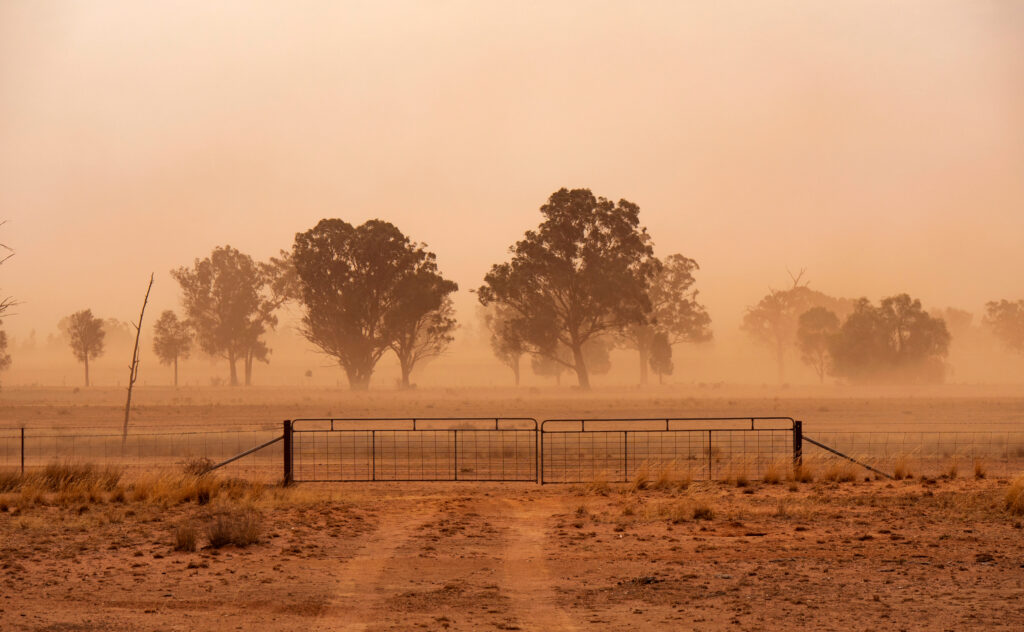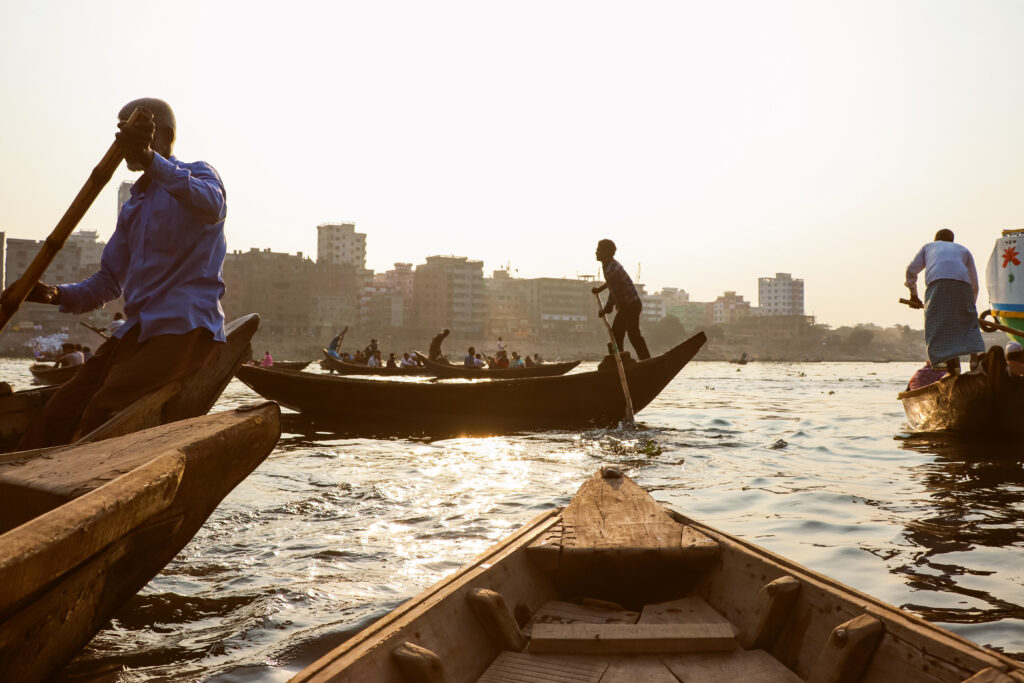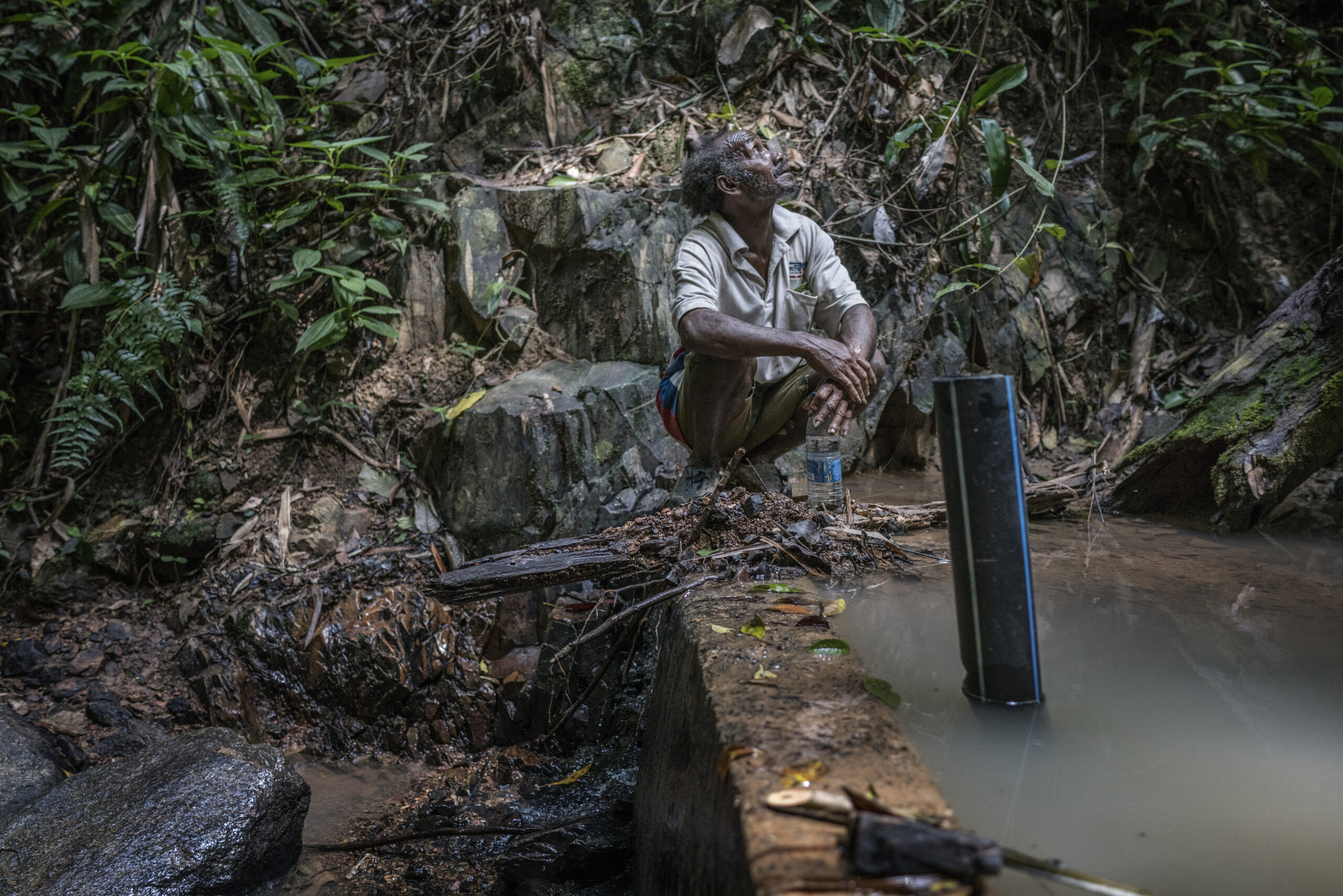Working in the heat is no longer just uncomfortable — for millions of outdoor workers across Asia’s rapidly urbanising cities, it’s becoming a serious health threat. A systematic evidence review backed by Wellcome Trust reveals how rising temperatures and worsening air quality are putting construction workers, rickshaw drivers, street vendors and delivery riders at growing risk – with little protection or policy response.
Based on 18 studies across nine Asian countries, the review shows that extreme heat and air pollution are contributing to a wide range of health issues — from dehydration and dizziness to cardiovascular stress and respiratory illness. Yet these impacts often go unreported and unaddressed, particularly among older adults, women and those with existing health conditions.
Working in the Heat Safety Tips Aren’t Enough
Outdoor workers are doing what they can to cope with increasingly hot conditions. Common working in the heat safety tips include adjusting working hours, seeking shade, wearing breathable clothing and staying hydrated. But these self-directed measures often fall short in the face of prolonged heat exposure and structural challenges.
In Hanoi, Vietnam, for example, between 58% and 70% of surveyed outdoor workers reported experiencing heat cramps. Among informal street vendors, 65% experienced heat exhaustion, and construction workers and delivery riders also reported widespread symptoms of heat stress. In India, 59% of surveyed construction workers reported symptoms including dizziness, blurred vision, abdominal cramps and fainting.
Heat-related Illness Is Underreported and Underestimated
Despite widespread symptoms of heat-related illness, workers often don’t report them. In some studies, men said they were “used to the heat” and saw physical strain as part of the job. In other cases, fear of losing income or being penalised for poor performance led workers to remain silent.
The result is the chronic underreporting of heat illness, including heat stress, heat exhaustion and even early signs of heat stroke. In one Vietnamese study, workers with higher exposure to hot weather were actually less likely to report symptoms – not because they weren’t affected, but because they didn’t recognise the danger or feared the consequences of reporting.
This invisibility is dangerous. Workers with pre-existing conditions such as diabetes, cardiovascular disease or respiratory illnesses are particularly vulnerable to extreme heat, yet the review found that these risks were rarely addressed by employers or policy frameworks.
Older Adults and Women Face Higher Risks of Heat Exposure
The review identifies clear disparities in how heat exposure affects different groups. In Vietnam, older workers were significantly more likely to experience heat-related symptoms and to seek medical care. One study found that women were 50% more likely than men to report symptoms of heat stress, including weakness, headaches and nausea.
Pregnant workers in Myanmar faced even greater risks, especially among street vendors exposed to outdoor heat, vehicle emissions and charcoal smoke used for cooking. But most lacked access to cooling infrastructure or public health guidance. Older adults, caregivers and those living in informal housing without air conditioning were also more likely to lose income during hot periods.
Extreme Heat and the Added Impact of Air Pollution
Air pollution compounds the dangers of working in the heat. The review found that exposure to pollutants such as PM2.5, sulphur dioxide and nitrogen oxides worsened cardiovascular and respiratory health — especially when combined with heat.
Workers in industrial areas and traffic-heavy zones in Bangladesh had significantly higher rates of asthma, bronchitis and cardiovascular illness. Severe haze from forest fires in Brunei Darussalam led to a 30% increase in asthma attacks among those already diagnosed, along with an 11% rise in new cases. Exposure to charcoal smoke and vehicle exhaust in Myanmar raised the risk of lung cancer and chronic respiratory conditions among vendors.
Yet, despite this evidence, few cities in Asia have robust high heat procedures or air quality monitoring systems in place to protect outdoor workers.
High Heat Procedures and Workplace Interventions
Individual coping strategies — like taking breaks, reducing working hours and increasing drinking water intake — are common but not always effective. In Hanoi, increased water consumption was actually associated with a higher likelihood of reporting heat symptoms. This suggests that workers drink more when symptoms are already severe, or that limited access to sanitation facilities may discourage hydration, especially for women.
To reduce risks, the review calls for evidence-based high heat procedures, including:
- localised heat-health warning systems that account for specific urban conditions,
- updated working standards for heat exposure in tropical environments,
- better access to water, shade and cooling infrastructure in high-risk work areas,
- health education campaigns for workers and employers
- and stronger protections for vulnerable groups, including older adults, pregnant workers and those with chronic illness.
How To Stay Cool in the Heat While Outside Working
So, how can workers stay cool in the heat while outside working, especially in informal jobs with little institutional support?
While there is no substitute for systemic reform, workers can take immediate steps to protect themselves. These steps include:
- starting shifts earlier or later to avoid the midday sun,
- taking short, frequent breaks in shaded or ventilated areas,
- wearing light, loose-fitting and breathable clothing,
- drinking water frequently — before feeling thirsty,
- watching for early symptoms like cramps, dizziness and confusion
- and seeking medical attention early for signs of heat illness
But these actions alone cannot solve the problem. As cities grow hotter and air pollution continues to rise, policies must be put in place that recognise and respond to the needs of those who keep them running.
A Call to Action
Asia’s outdoor workers are on the front lines of climate change – yet they are also the most overlooked in climate planning and occupational health policy. Working in the heat is no longer a seasonal inconvenience — it’s a public health emergency.
Without urgent action — tailored to local conditions, informed by data and focused on the most vulnerable — the toll on workers’ health, livelihoods and lives will continue to mount. Climate resilience must begin with those who face the heat every day.
Sara Siddeeq
Sara Siddeeq is a climate and energy writer with bylines in New Energy World, Climate News Australia, and Batteries and Energy Storage Technology (BEST) Magazine. She specialises in covering clean energy, carbon markets, and climate resilience, bringing clarity to complex topics. Sara holds a qualification in Communicating Climate Change for Effective Climate Action and is passionate about data-driven climate storytelling.
Sara Siddeeq is a climate and energy writer with bylines in New Energy World, Climate News Australia, and Batteries and Energy Storage Technology (BEST) Magazine. She specialises in covering clean energy, carbon markets, and climate resilience, bringing clarity to complex topics. Sara holds a qualification in Communicating Climate Change for Effective Climate Action and is passionate about data-driven climate storytelling.

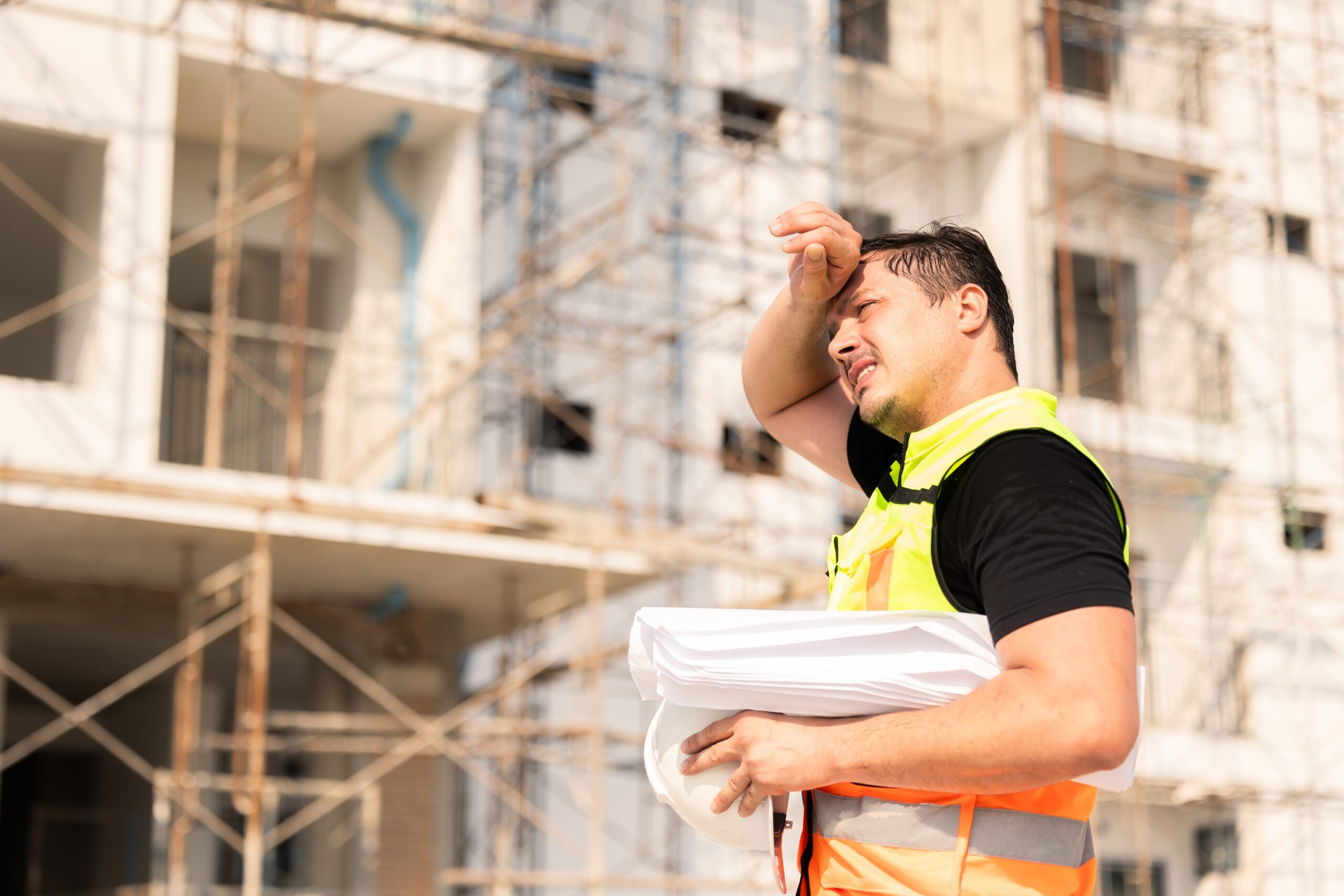
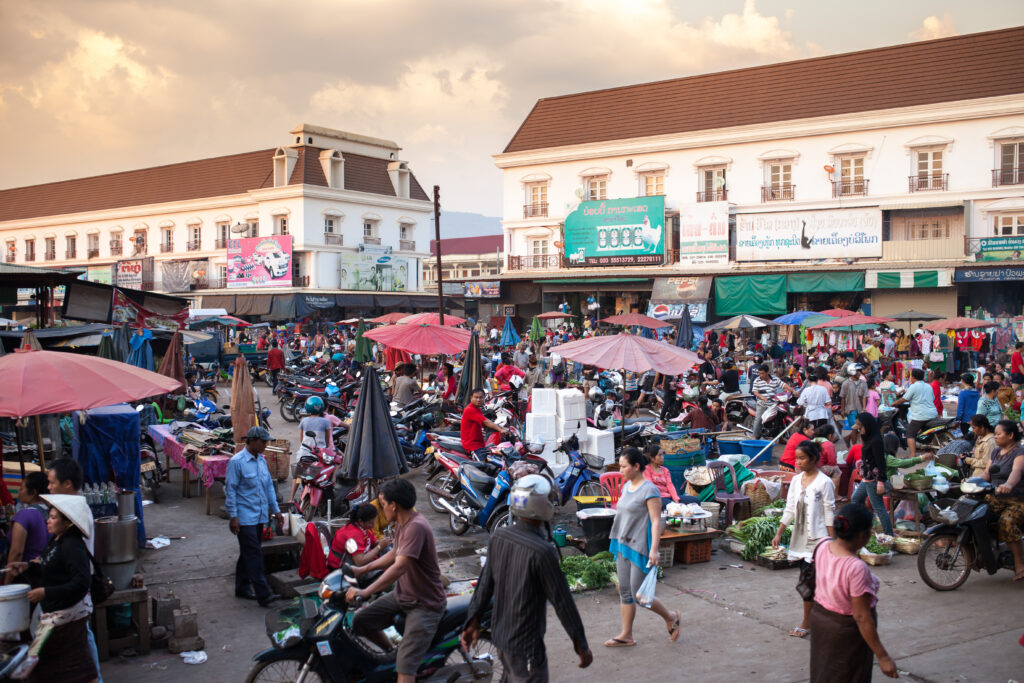
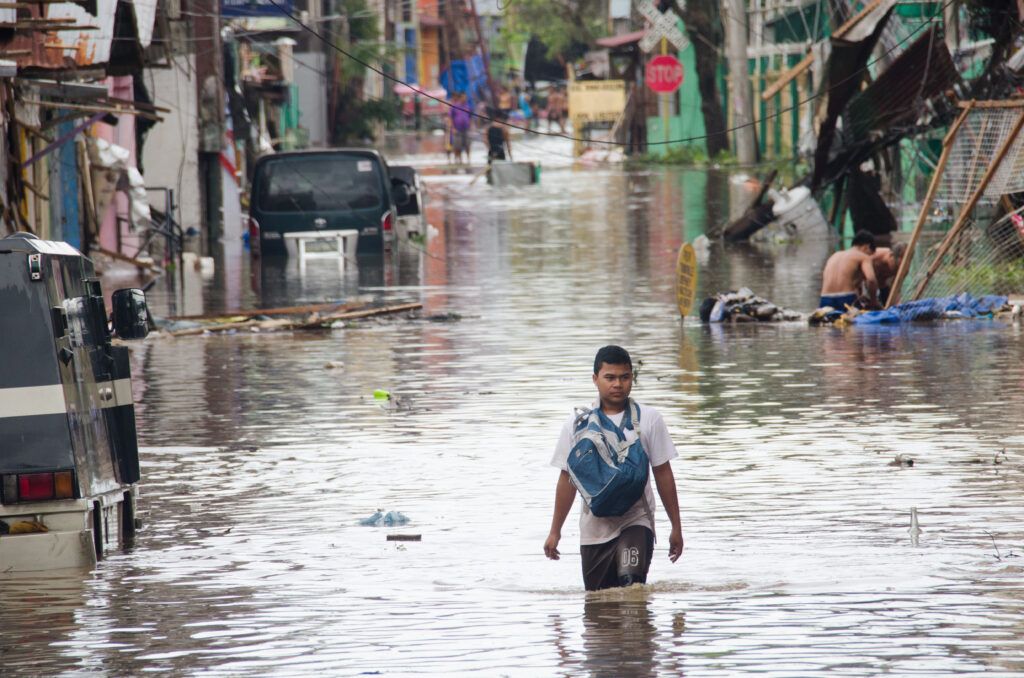
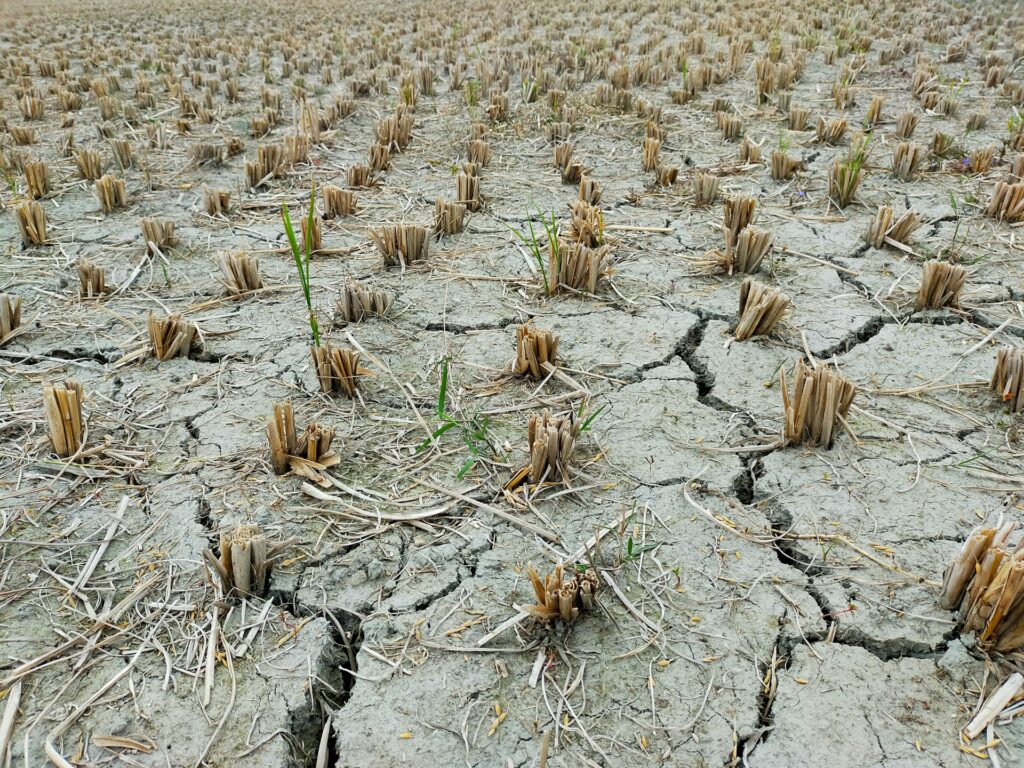
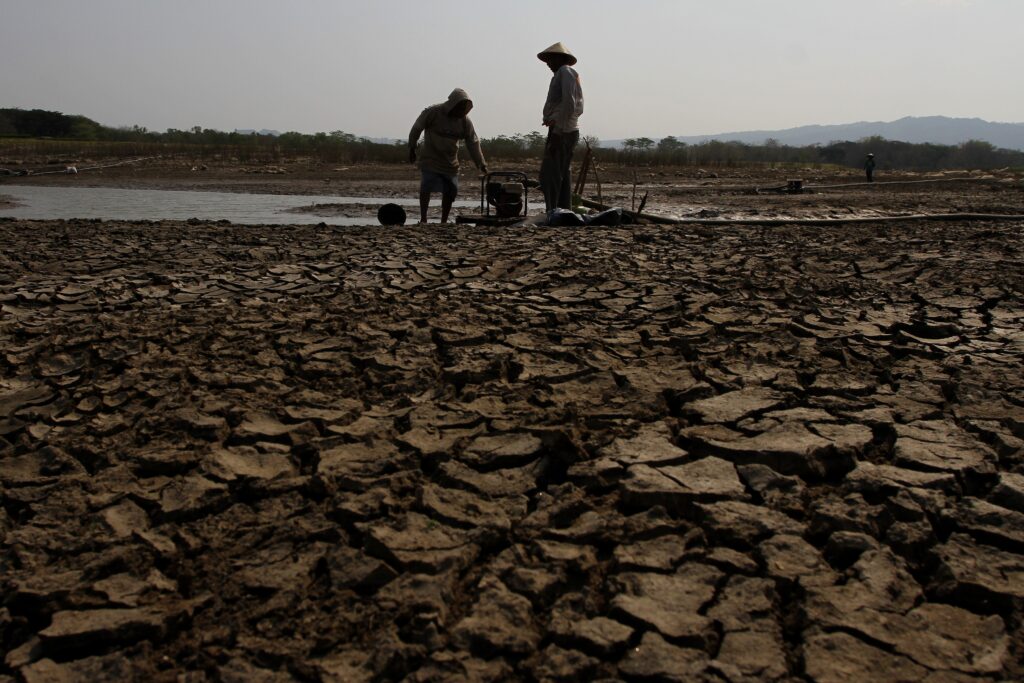
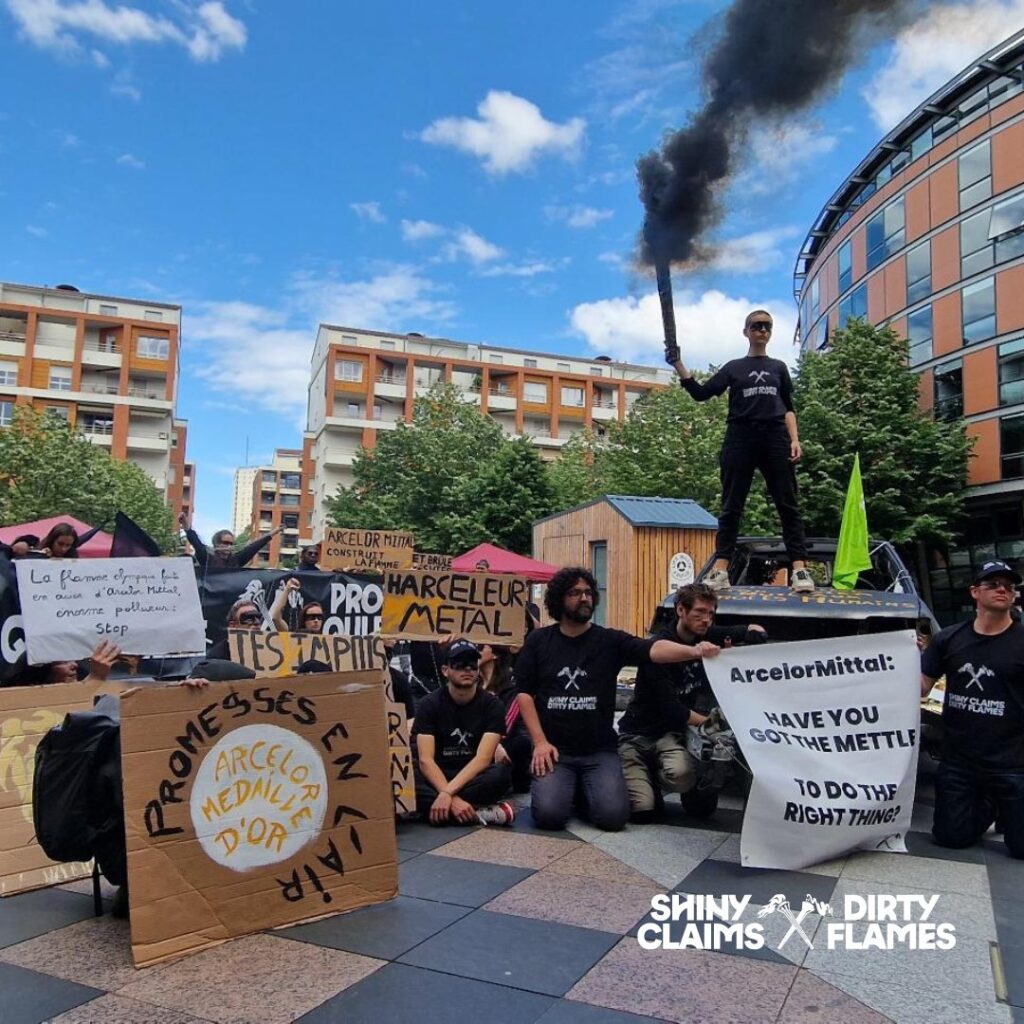

![Droughts and Water Scarcity: Asia’s Water Crisis [Part Two]](https://www.climateimpactstracker.com/wp-content/uploads/2025/10/shutterstock_2602524629-1024x683.jpg)
